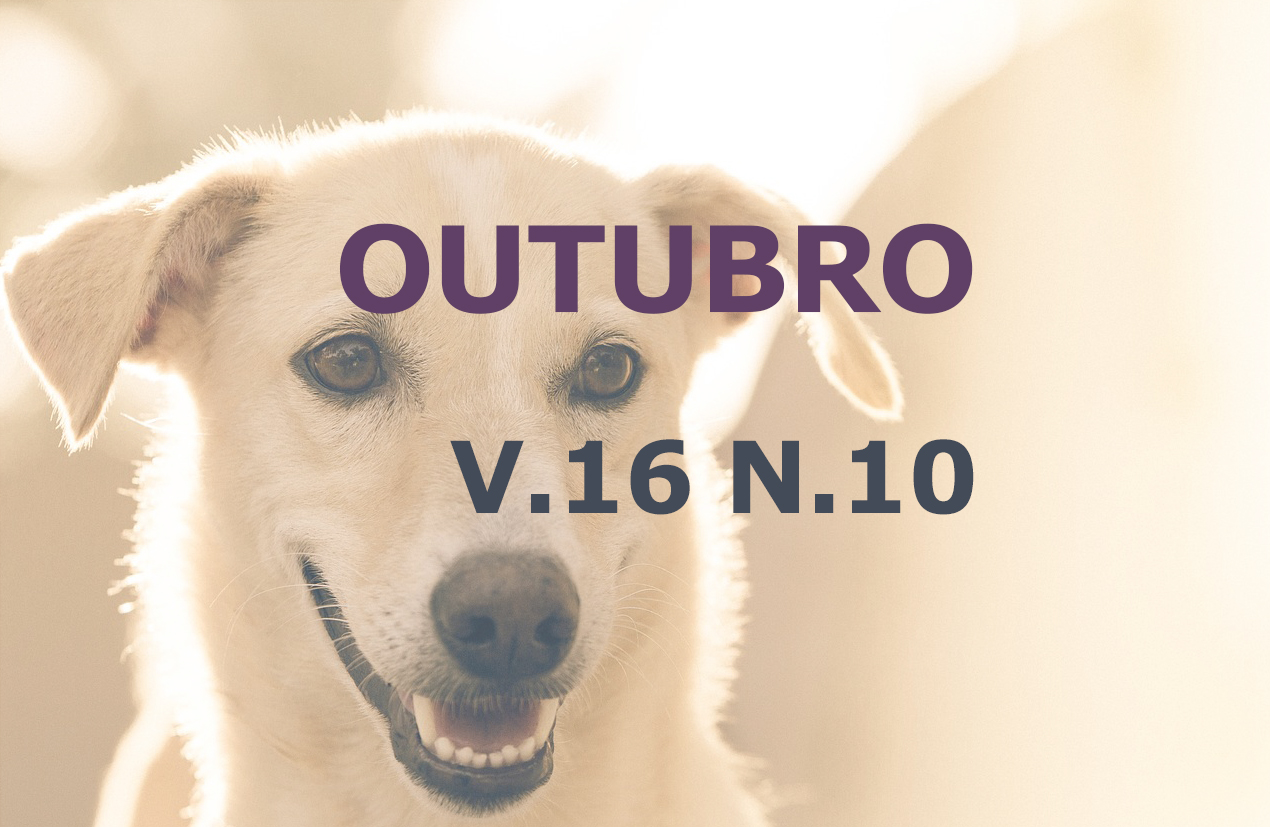Bovine mastitis and its consequences on public health
DOI:
https://doi.org/10.31533/pubvet.v16n10a1233.1-10Keywords:
Bacteria, infection, gland, inflammationAbstract
Bovine mastitis is characterized by an infection of the mammary parenchyma that affects a large part of dairy herds, and the highest incidence of cases is of bacterial etiology but can also occur due to fungal infection. It may differ in terms of the visible presence of symptoms or the need for additional tests to confirm the disease. With tests such as CCS (Somatic Cell Count) it is possible to analyze the health of the mammary gland, since this test is an indication of the degree of inflammation. Furthermore, this disease ends up negatively influencing the dairy industry, which has to deal with the losses and with control measures, since it reduces the quality and production of milk. The objective of this work is to explain the origin and causes of bovine mastitis, and its impacts on public health, evaluating pathogens, symptoms, the issue of the disease with public health and prevention protocols.
Downloads
Published
Issue
Section
License
Copyright (c) 2022 Ana Beatriz Franco, Ana Cássia Mourão, Flávia Máximo Gouveia, Thais Miranda Silva Freitas

This work is licensed under a Creative Commons Attribution 4.0 International License.
Você tem o direito de:
Compartilhar — copiar e redistribuir o material em qualquer suporte ou formato
Adaptar — remixar, transformar, e criar a partir do material para qualquer fim, mesmo que comercial.
O licenciante não pode revogar estes direitos desde que você respeite os termos da licença. De acordo com os termos seguintes:
Atribuição
— Você deve dar o crédito apropriado, prover um link para a licença e indicar se mudanças foram feitas. Você deve fazê-lo em qualquer circunstância razoável, mas de nenhuma maneira que sugira que o licenciante apoia você ou o seu uso. Sem restrições adicionais
— Você não pode aplicar termos jurídicos ou medidas de caráter tecnológico que restrinjam legalmente outros de fazerem algo que a licença permita.





